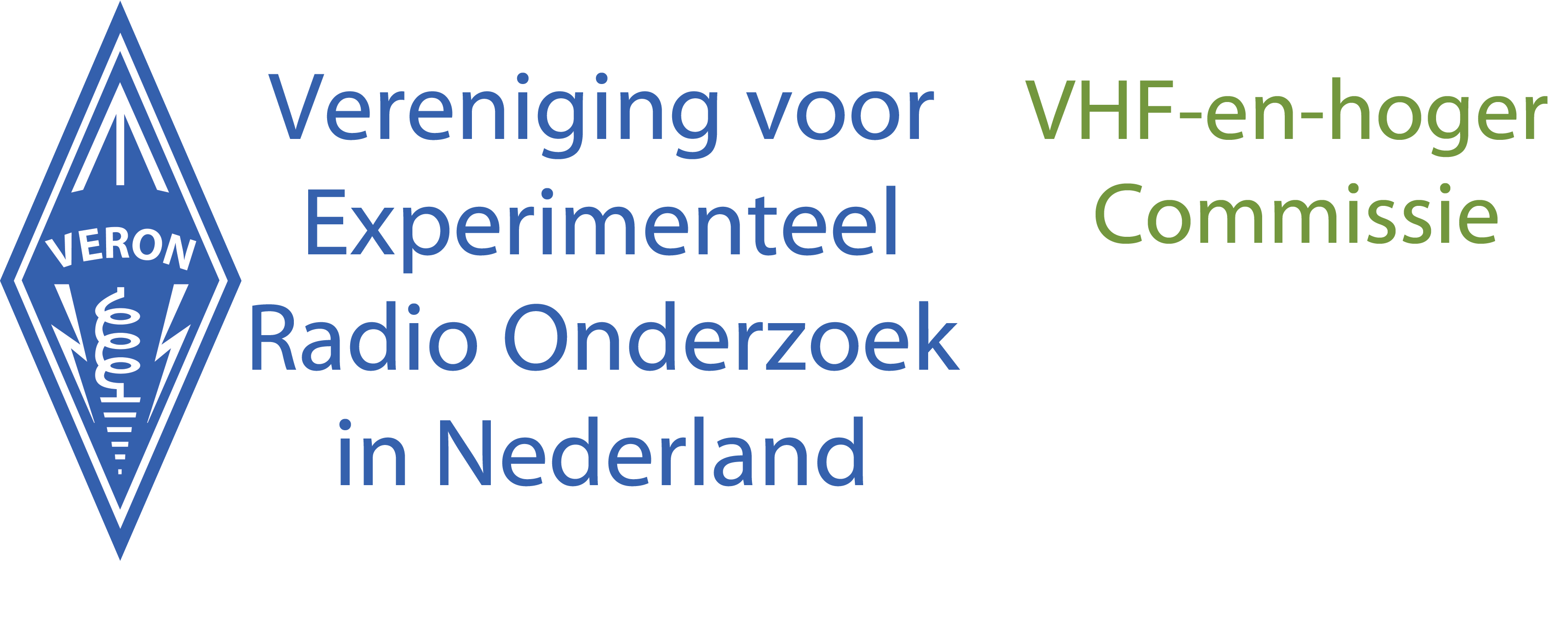ARISS schoolcontact op zaterdag 8 oktober om 16:15 UTC
Dit keer gaat het om een telebridge verbinding met iSPACE, Cincinnati in de USA. De astronaut die de vragen gaat bantwoorden is Kate Rubins, KG5FYJ. De verbinding staat gepland voor zaterdag 8 oktober om 18:15 lokale tijd.
Het ARISS grondstation IK1SLD verzorgt dit keer de radioverbinding met ISS. Daarom zal de downlink deze verbinding op 145,800 MHz in een groot deel van Europa geheel of gedeeltelijk te ontvangen zijn.
Hieronder volgt de engelstalige aankondiging en de vragen die de kinderen aan Kate Rubins gaan stellen.
Bertus Husken
PE1KEH
Presentation:
In 2001, iSPACE, is a 501(c)(3) organization, incorporated as a STEM (science, technology, engineering and math) educational resource for schools throughout the Greater Cincinnati region. The iSPACE mission is to make STEM learning exciting and to promote STEM career awareness, through interactive programs for students, educators and families in the region. iSPACE provides innovative and effective programs, events and learning experiences for students (grades preK12), their educators and their families including field trips, outreach, professional development and other programs that stimulate interest and appreciation for STEM. In 2015, iSPACE programs served a diverse population of 24,731 youth and 5,791 adults in more than 500 schools. iSPACE works diligently to collaborate within the regional and their programs are recognized for their effectiveness throughout the STEM community. Through rigorous alignment to national and state standards and the utilization of best practices, iSPACE continues to develop curriculum for educators and inquirybased educational opportunities for students. iSPACE has made a mark in Greater Cincinnati for our high quality programs that measurably and effectively inspire students in science, technology, engineering and mathematics, increase their content knowledge and introduce them to STEM careers.
Participants will ask as many of the following questions as time allows:
1. What has been the most exciting part of your mission so far?
2. After seeing all the places on Earth from space, which one do you most want to visit once you get back to Earth?
3. What’s your favorite part of the day?
4. I know you use animals in research. How many animals do you have in space with you right now and how do you take care of them?
5. Can a flying insect fly in space?
6. When you were preparing to leave high school did you know that you wanted to be an astronaut? How did you decide what you wanted to do after high school?
7. Please describe your years of education and training that led to your assignment on the space station.
8. Do you practice emergency drills? Can you describe some of the critical incidents that you need to prepare for?
9. Will your stay in space get shorter if you have too many headaches? Also, if you have ever had a space headache, what did it feel like during and after?
10. What are the major research projects you are focusing on and what discoveries have you made?
11. Have any of the experiments failed or given you totally different results than you expected?
12. Do you prefer being in space or on Earth?
13. What has been your greatest challenge so far and how did you respond to it?
14. Can you describe what zero gravity feels like?
15. Have you done a spacewalk and how does it feel?
16. What do you think the biggest advances will be in the space program over the next ten year?
17. What are you most looking forward to when you return to earth and what will you miss the most from your mission?
18. Does your schedule ever seem repetitive?
ARISS is an international educational outreach program partnering the volunteer support and leadership from AMSAT and IARU societies around the world with the ISS space agencies partners: NASA, Russian Space Agency, ESA, CNES, JAXA, and CSA.
ARISS offers an opportunity for students to experience the excitement of Amateur Radio by talking directly with crewmembers on board the International Space Station. Teachers, parents and communities see, first hand, how Amateur Radio and crewmembers on ISS can energize youngsters’ interest in science, technology, and learning.

Plaats een Reactie
Meepraten?Draag gerust bij!